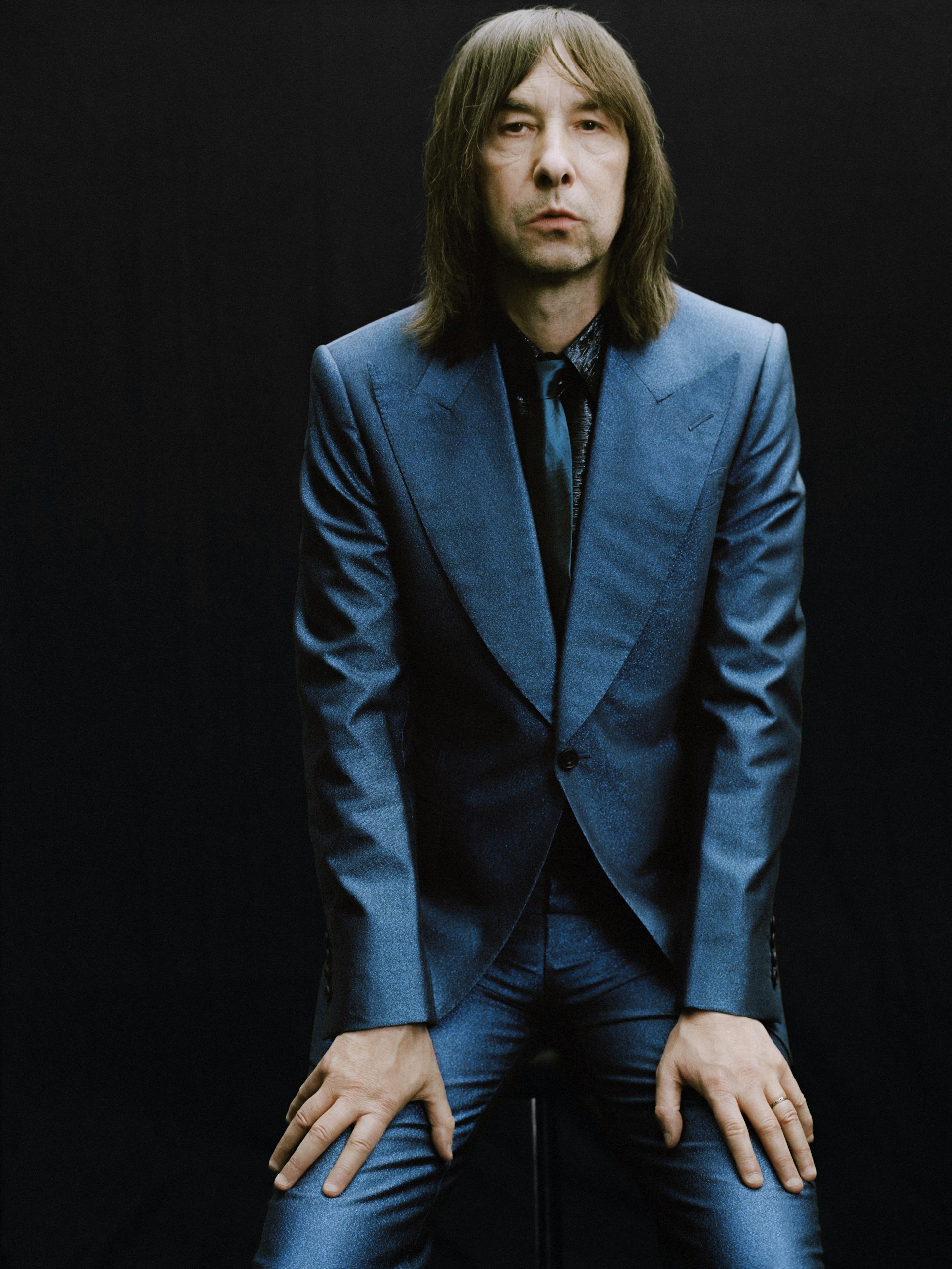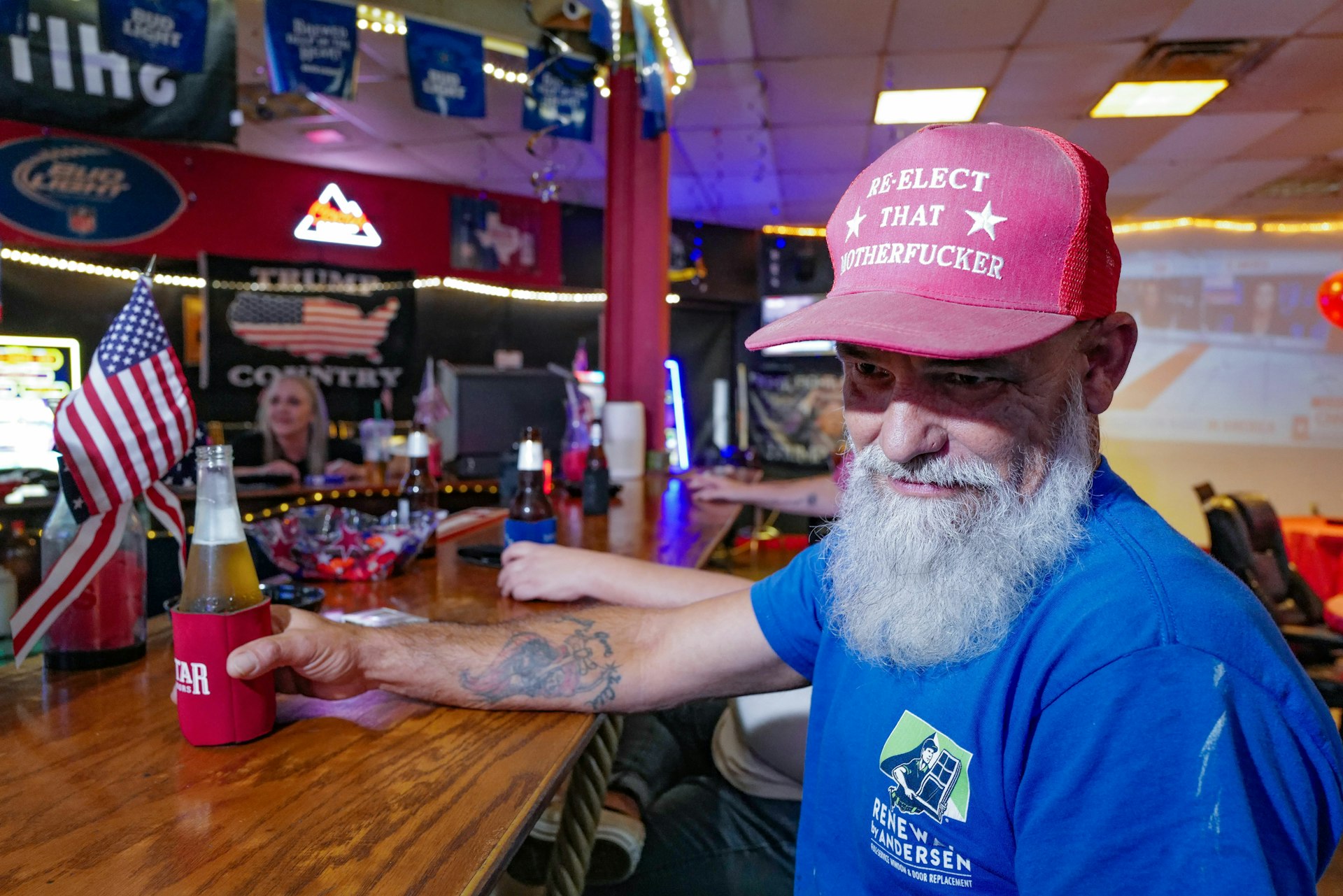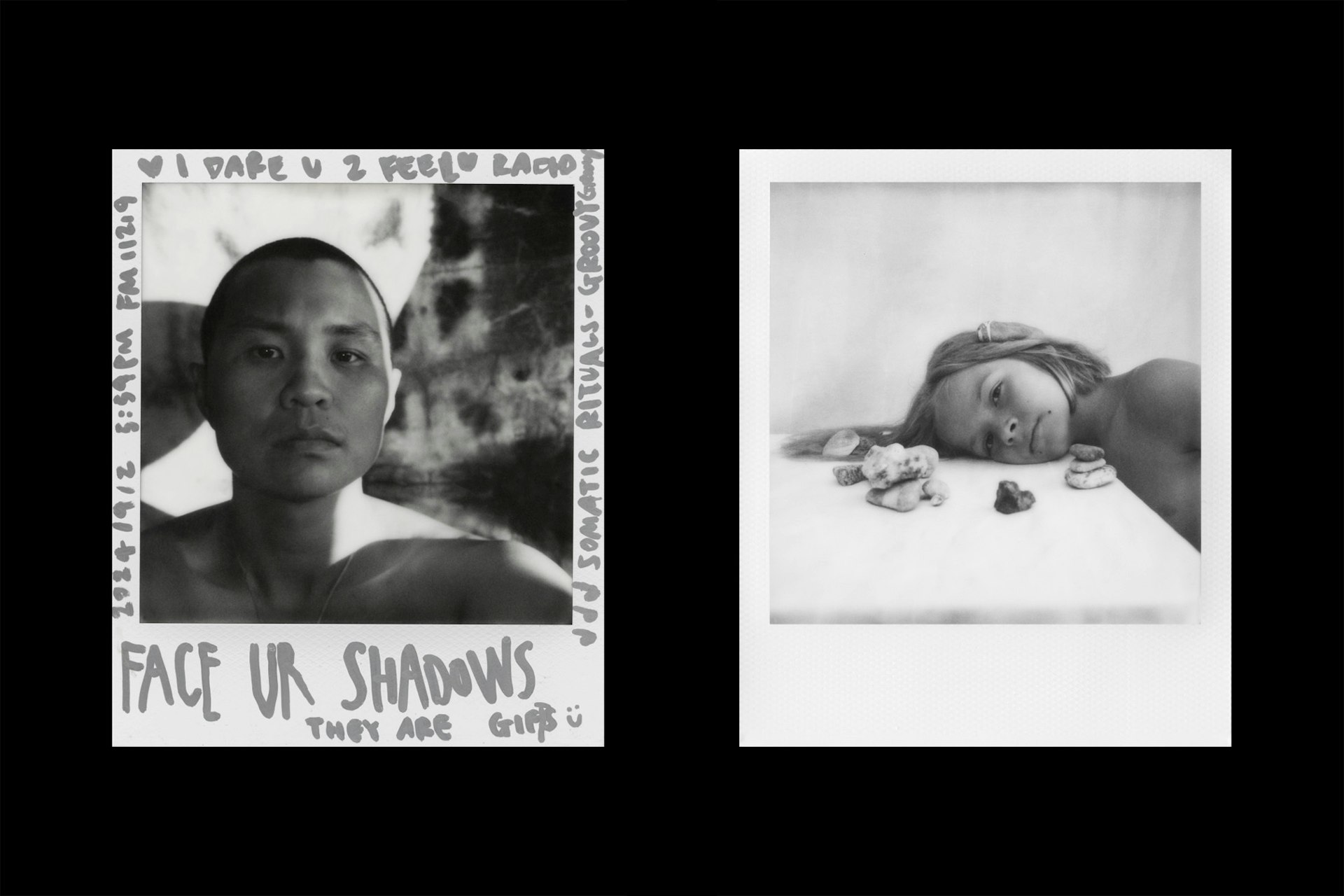Few streets are as instantly recognisable as Brick Lane. Over the centuries, the area has seen the settlement of working-class French, Irish, Jewish and Bangladeshi communities, with each group leaving their distinct mark on the area. While faced with rapid gentrification over the years, Brick Lane – also fondly known as Banglatown – is still home to diverse cultures and businesses, with everything from distilleries to weavers’ factories forming part of its evolution.
Photographer Fran May was 21-years-old and studying for an MA at the Royal College of Art when she first heard about Brick Lane. She’d developed a penchant for social documentary photography while studying Fine Art at university in Sheffield, travelling to over twenty destinations to take photographs during her time there. These trips included Sunderland to capture shipbuilding, Manchester to shoot the visitors at the Belle Due Zoo, and Scarborough to photograph the fishing boats.


After arriving in London for her MA, she’d found navigating the city “exhausting” and “daunting”, she remembers. “Somebody said to me, ‘Well, if you want to photograph people, I know a really cool place you could go,’” she says. “I was warned I had to go early in the morning, or I’d miss it.”
In 1971, May resolved to catch the bus from South Kensington to East London at dawn. This was before gentrification had crept into the area, and East London was still recovering from wartime derelictions. “It was like stepping into a different world,” May recalls. “A different universe; a film set. Characters, faces, businesses, from another time, caught in a time warp… It was amazing”
Among the people she captured were the market stall vendors, customers looking through the looming piles of second-hand garments and knickknacks, street musicians performing for passers-by, and children roaming amid the rubbish and remnants that line the streets. These photos form part of a new book, titled Brick Lane 1970s (Café Royal Books), which captures the diversity of characters coexisting on the iconic road.


May says she usually wouldn’t ask permission to shoot her subject, instead, she recalls wandering around, blending into her surroundings. “I had long hair, very unkempt, had no money – I couldn’t afford the hairdressers and wore a duffle coat… it felt like the perfect disguise,” she recalls. “I had my camera over my left eye when I photographed, which made me feel invisible.”
After shooting there for a few weeks, May kept the photos mainly to herself. That was until some months later, when she was taught by the seminal documentary photographer, Bill Brandt. She remembers taking the photos of Brick Lane to Brandt’s house, where he advised her: “Don’t ever think of these as just student work. There’s one day they will have social significance. Just don’t lose them.”
Thankfully, May kept her images safe. Seen today, as Brick Lane faces heightened threats of gentrification amid Covid-19, the images serve as vital documents – and a reminder of the importance of defending – the bustling spirit and unique character of the area.





Brick Lane 1970s is now available on Café Royal Books.
Discover more of Fran May’s work on her official website.
Enjoyed this article? Like Huck on Facebook or follow us on Twitter.
Latest on Huck

An epic portrait of 20th Century America
‘Al Satterwhite: A Retrospective’ brings together scenes from this storied chapter of American life, when long form reportage was the hallmark of legacy media.
Written by: Miss Rosen

Bobby Gillespie: “This country is poisoned by class”
Primal Scream’s legendary lead singer writes about the band’s latest album ‘Come Ahead’ and the themes of class, conflict and compassion that run throughout it.
Written by: Bobby Gillespie

Vibrant photos of New York’s Downtown performance scene
‘Balloons and Feathers’ is an eclectic collection of images documenting the scene for over two decades.
Written by: Miss Rosen

Picking through the rubble: Glimpses of hope in the US election results
Clambering through the wreckage of the Harris campaign, delving deeper into the election results and building on the networks that already exist, all hope is not gone writes Ben Smoke.
Written by: Ben Smoke

US Election night 2024 in Texas
Photographer Tom “TBow” Bowden travelled to Republican and Democratic watch parties around Houston, capturing their contrasting energies as results began to flow in.
Written by: Isaac Muk

In photos: “Real life is not black and white” – Polaroid x Magnum Open Call winners
See pictures from the competition organised by two titans of contemporary photography, which called upon artists to reject the digitalisation and over-perfectionism of our modern world, technology and image-making.
Written by: Huck
